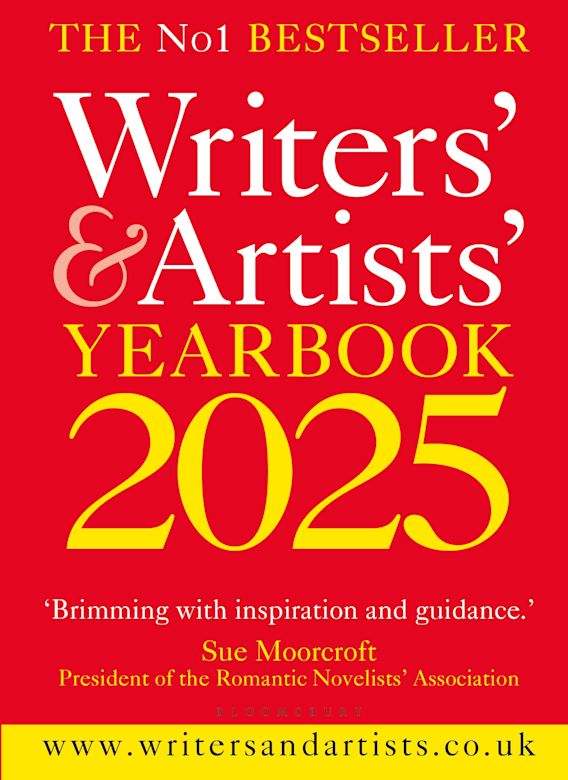Article
4 min read
Edited
17th July 2024
In this extract from her article for the Writers' & Artists' Yearbook 2025, Laura Barrett explains the importance of book covers and where to begin your creative process.

Tips to get started
- Visit a bookshop and get a feel for different genres; what you think works well and what doesn’t. There can be some homogeny and trends within particular genres, especially crime novels. It’s useful to know what’s popular but don’t let that stop you creating your own unique style. The book industry runs anywhere from four months to a year or two ahead from commissioning the artwork to publication, so what’s in fashion now won’t necessarily still be in vogue by the time the cover you’re working on hits the shelves.
- Equally, take inspiration from outside of the publishing world. Personally, most of my ideas come from nature, galleries and architecture.
- I’d definitely recommend creating self-initiated pieces and, depending on if you have the budget, sending them to art directors. You can either do this digitally or by mailing out physical printed examples. Choose your favourite book, a well-known classic or even a series to show your cohesive style and visual language. I was lucky enough to be commissioned by Orchard Books for three classic picture books after sending them a miniature Alice in Wonderland-themed concertina book that I illustrated. I designed and printed them so that they were small enough to post cheaply.
- Commissions can come months or even years after a piece of promotional work, or contact with an art director. If someone in the industry likes your work, they will hang on to your artwork and information, just waiting for the right project to commission you for.
Laura Barrett is an experienced designer and illustrator. She has created artwork for many leading international brands, including publishing’s biggest names, from Penguin Random House to Vintage, Bonnier and Little, Brown. Alongside book covers, she creates animation, branding material, illustrations for package design and large-scale museum and exhibition graphics.
Writing stage
Areas of interest
Comments